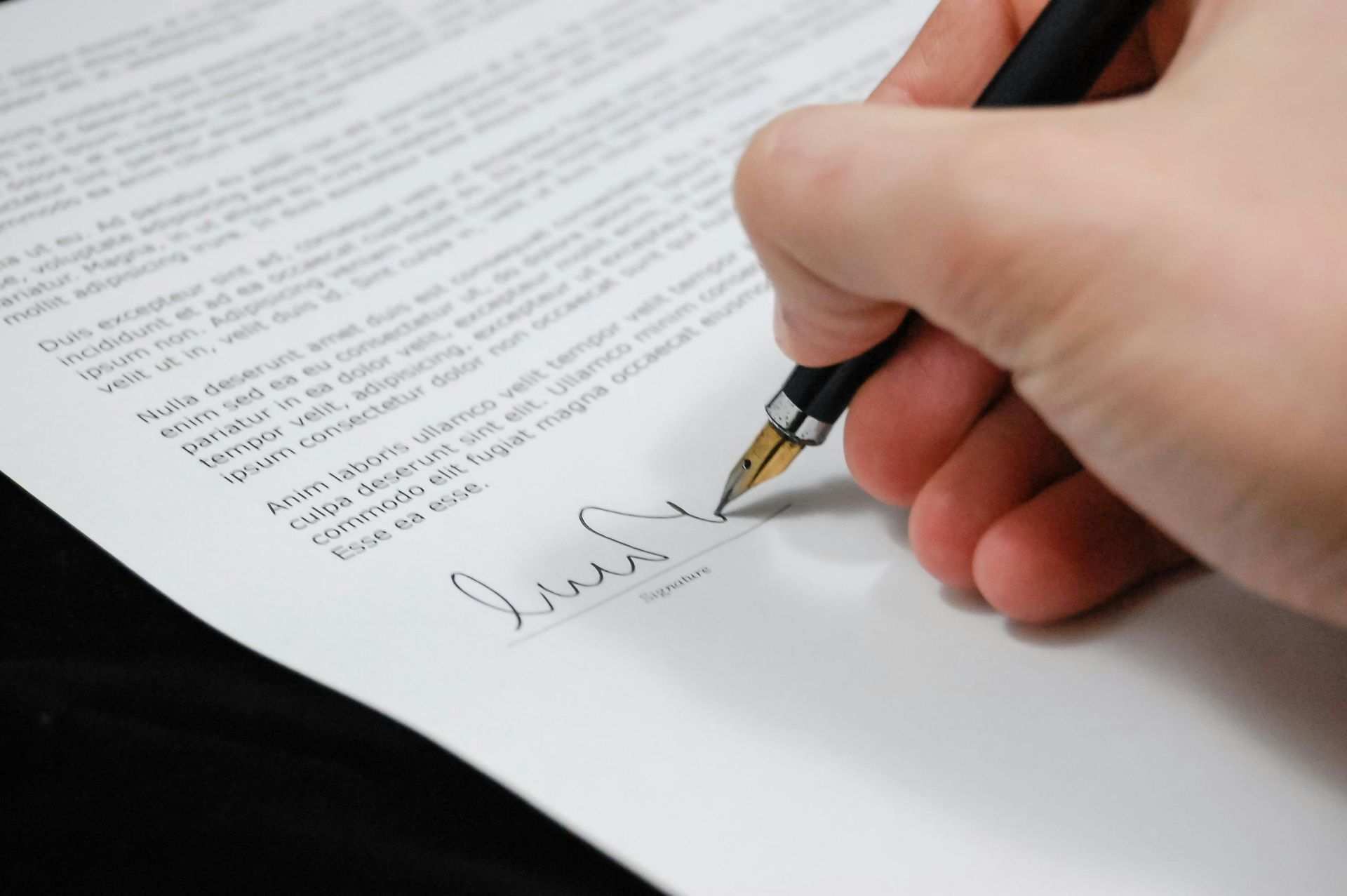Precautions
Before any procedure, we provide guidance on the necessary care to ensure your safety and well-being.
Pre-operative
I'll guide you step by step before surgery, providing clear instructions so you can arrive at the operating room with peace of mind.

DISCHARGE RECOMMENDATIONS
01
First 48 hours
You should rest and elevate your foot, preferably above your hip, to help blood return and prevent the foot from becoming too swollen. Prolonged bed rest is not advisable.
02
Painkillers
You should take the painkillers recommended upon discharge for at least the first 48-72 hours as directed, and then take them as needed (if there is pain, take them if there is no pain, and if there is no pain, they are not necessary). Remember that it's important to take a stomach protector if you take anti-inflammatory drugs.
03
Hematomas
It is normal for hematomas ("bruises") to appear on the toes. Keep in mind that an osteotomy is being performed, which in practical terms is like a controlled bone fracture, and as such causes a small amount of internal bleeding, which is the cause of the hematoma.
04
Edema
It's common for the foot to swell postoperatively. To reduce this, keep your foot elevated and avoid standing. If swelling is severe, you may need to change the bandage.
05
Ice
After exercising, it is advisable to apply cold to the area. To do this, you can use a cold gel pack wrapped in a cloth to avoid wetting the bandage, until it loses its coolness.
06
Heparin
Although the risk of thrombosis is low, it is advisable to use heparin in the treatment during the first few days.
07
Wandering
You will be able to walk, unless otherwise instructed, in a "postoperative shoe." The postoperative shoe can be flat or with an inverted heel and will be chosen based on the type of surgery you had. It can be purchased at any orthopedic store and will be the only shoe you should wear on your operated foot for 4 weeks. The shape of this shoe relieves pressure on the operated area and allows the bone to heal properly. Comfortable, closed-toe shoes are recommended for your healthy foot.
08
Bandage
You will be placed in a corrective bandage for 4 weeks, which will be changed periodically in the office. The first bandage change is done in 3-5 days; it doesn't need to be changed before then unless there are complications. The next bandage changes will be in 7-10 days if everything is normal. It's important to take good care of the bandage, and above all, don't get it wet, as this could macerate the wound and even cause a fungal infection. The bandage helps maintain the toe's new position and prevent swelling.
Exercises
You should actively perform finger flexion-extension exercises with your hand at least three times a day for about 15 minutes. The more repetitions you do, the sooner you'll regain normal finger mobility and the sooner the pain will improve. It's important to force the finger to flex "to the point where it hurts" and hold the position for a few seconds. At first, the bandage will make the exercise difficult; as your foot becomes more free, it will become easier to do so. You should perform this exercise routinely for at least three months.
Vigilant
If your fingers are blue, pale, or cold.
If the operated limb experiences numbness, pins and needles, and tingling.
If you have a fever (temperature greater than 38ºC).
If you experience increasing and constant pain that does not improve even when taking the prescribed painkillers.
If any of these or any other complications arise, you should go to the emergency room or consult your doctor.
Postoperative
Follow-up care is key. We offer personalized guidelines for a quick and easy recovery.
Informed Consent
Before any surgical intervention, it is essential that the patient understands all aspects of the procedure. Therefore, we provide you with the official informed consent forms prepared by the Spanish Society of Foot and Ankle Medicine and Surgery (SEMCPT).






